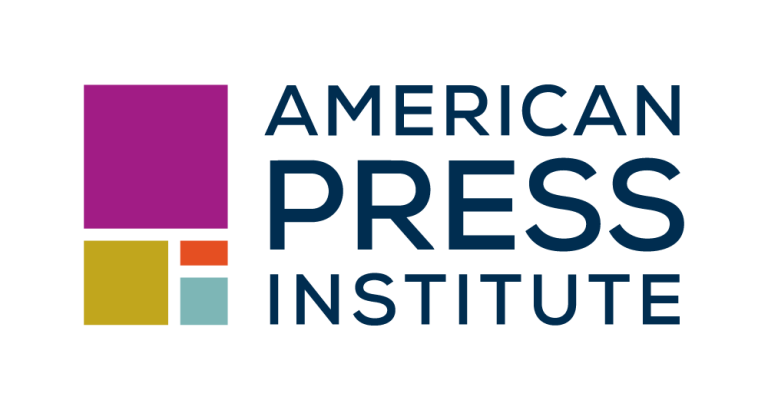The Capitol Report, produced by WisPolitics.com — a nonpartisan, Madison-based news service that specializes in coverage of government and politics — provides a weekly analysis of issues being debated in Wisconsin state government. It is underwritten by the WNA and produced exclusively for its members. WisPolitics.com President Jeff Mayers is a former editor and reporter for the Associated Press and a former political writer for the Wisconsin State Journal.
EDITOR’S NOTE: This column is provided to Wisconsin Newspaper Association members by WisPolitics.com. Proper attribution in your newspapers IS REQUIRED, including the byline “WisPolitics.com” and the tagline at the end of the column.
Hemp-growing registrations in Wisconsin fell by 48 percent for the 2021 growing season, spurring state lawmakers to look to the private sector to help the fledgling program undermined by the pandemic and an uncertain CBD market.
Meanwhile, the drop in registrations has helped fuel a deficit in the fund to help cover the cost of regulating hemp producers, prompting lawmakers to consider passing off oversight to the federal government.
“There are some innovative things that we could do to create a synergy for the people who are blazing this trail,” said Sen. Lena Taylor, D-Milwaukee. “We should be partnering with Foxconn, and say, ‘Whatever products you do, let’s get creative and try to make something with hemp.’”
Partnerships with technology, paper and even diaper companies to make hemp products could benefit Wisconsin growers, according to Taylor.
Meanwhile, Rep. Tony Kurtz, R-Wonewoc, is trying to pass legislation to establish private and public partnerships for research on fiber. Kurtz’s optimism about hemp fiber stems from his experience in and communication with the military. A shift from polyester to fiber products, which are similar to cotton, could help prevent injuries and detection by enemy forces, Kurtz said.
Lawmakers also say the private sector could be useful in THC testing, a key component of the hemp program. All hemp must be tested for THC concentration prior to harvest.
A new rule can repurpose plants that exceed the THC limit, but testing remains a time-sensitive process. The Department of Agriculture, Trade and Consumer Protection’s Bureau of Laboratory Services administers hemp testing but is also responsible for analyzing all samples for food safety, agrichemical management and plant industry programs. An increase in demand for testing over the past few seasons without sufficient staffing could be a barrier to keeping Wisconsin’s hemp program alive, according to a Legislative Fiscal Bureau report for the Joint Finance Committee.
LFB reported a 31 percent increase in total lab tests for THC and other testing in 2018-19 and was on track to report an 18 percent increase in 2019-20 until pandemic-related restrictions slowed activity. Without increased funding, hemp testing could be delayed from four days to 10 to 45 days, according to the report. It estimates failure to fund more staffing could impact more than just the hemp industry. Testing for pesticide drift and misuse could be delayed by an average of 60 to 120 days, and animal feed testing could be delayed by 30 to 75 days.
The Joint Finance Committee adopted a motion to provide the bureau with one position and $313,700 total — $139,000 for FY 2021-22 and $174,700 for FY 2022-23 — to meet increased staffing needs. Gov. Tony Evers’ budget had called for $940,900 and five permanent project positions to meet demands for testing hemp, food, pesticides and other areas that fall under the lab’s responsibility.
The private sector could provide long-term solutions, according to Taylor and other lawmakers. In the program’s beginnings, Taylor hoped testing could be modeled after private operations in Colorado. According to Sen. Patrick Testin, R-Stevens Point, there has been a “healthy back and forth” between lawmakers and the bureau about independent third-party testing. Rep. Dave Considine, D-Baraboo, who initially proposed testing be conducted by the private sector in 2019, said the idea is currently unpopular and increased funding for DATCP could solve the problem. A push to decrease testing requirements for hemp plants will lessen the burden on the bureau, Kurtz said, but he would like to see a private-sector testing option emerge.
Otherwise, DATCP has suggested doubling fees for hemp growers as one option to rectify a program deficit of $450,000. Hemp growers already pay license fees of $150 or $5 per acre up to $1,000 (whichever is greater), $350 in annual registration fees, and required testing fees priced at $250 per sample. While doubling fees could yield additional revenue of about $300,000 per year, DATCP and Considine say such lofty prices could drive more growers from the program.
Increases in fees are unlikely, according to Kurtz. But Taylor has wanted fees to be higher since the program first began.
“It won’t discourage participation,” Taylor said of proposed increases in license, registration and testing fees. “I don’t want to price people out completely. But I did not believe that we did it in a way that reflected that we respected what this industry could be and how important it was to regulate it.”
Under recent Joint Finance Committee action, DATCP would have to study options for resolving the hemp program deficit, including modifying fees, as well as the possibility of turning over operations to the U.S. Department of Agriculture and restructuring the current state program. The report, which would need Gov. Tony Evers’ approval to stay in the budget, would be due to the committee by March 30.
While the USDA does not impose fees on program participants, a USDA-run program could limit outreach to growers and provide a lower level of customer service, according to the report. Democrats and Republicans on the Assembly Committee on Agriculture will continue talks with DATCP about keeping the program state-run, according to Considine.
The 2020-21 season is the program’s first in a deficit, and the LFB report on the hemp program identified the COVID-19 pandemic as a potential culprit. But growers were losing money as early as 2019. Of respondents to a DATCP survey, 67 percent of growers reported losing money producing hemp in 2019 as opposed to 71 percent in 2020. Only a small percentage of growers responded to the surveys, so it’s unclear whether the responses are representative of the industry as a whole. DATCP received 803 grower applications for the 2021 season as of early June. DATCP is still in the process of surveying hemp producers for feedback.
Kurtz knows what it’s like to take losses from farming. A wet spring season destroyed his organic grain in 2019, the same year he started planting hemp on his 210-acre farm. But according to Kurtz, the hemp program’s drop in participants is not a concern, but an indicator the system is narrowing down to growers who are serious.
“I don’t think it’s a failure in any way, shape, or form,” Kurtz said of the program. “It’s just in its infancy. We’ve got to find its footing and what is the path forward.”
A profitable corn market may have deterred farmers from growing hemp this season, according to DATCP, Kurtz, and Considine. But since 2019, Kurtz has worried about Wisconsin’s CBD market, which he now fears has collapsed. And the FDA has yet to establish a federal regulatory process for CBD products.
Uncertainty about CBD at the federal level, added Testin, could be driving growers away despite initial over-excitement about CBD oil.
“I think a lot of individuals got into it thinking they could get rich quick and that this will be an easy crop to make a quick buck,” Testin said. “It’s kind of a green rush for the first couple years, but it’s a lot of work to grow hemp for CBD purposes.”
For more, visit WisPolitics.com
The Capitol Report is written by editorial staff at WisPolitics.com, a nonpartisan, Madison-based news service that specializes in coverage of government and politics, and is distributed for publication by members of the Wisconsin Newspaper Association.
Copyright © WisPolitics.com



